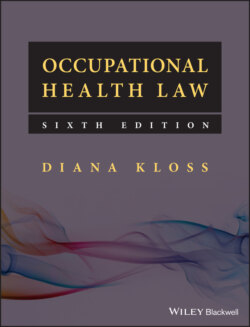Читать книгу Occupational Health Law - Diana Kloss - Страница 60
Patient notification exercises
ОглавлениеThese may be advised where it is discovered that a HCW has been performing EPPs, either not being aware of a BBV infection which has subsequently been diagnosed, or deliberately concealing it. Patients who have been put at risk are entitled to be made aware of this and to be offered a test in order to establish their status. A risk assessment is needed to establish, if possible, the likely period when the HCW was infectious. The full employment history of the HCW during that period must be compiled. Also, it will be important to establish the nature and history of the HCW’s clinical practice. Research may be needed into whether it is likely that the infected HCW was the source of iatrogenic transmission to a patient. The patient identification process will require the assistance of the medical records officer to identify patients treated by the HCW. It is recommended that in the first instance patients who have undergone relevant EPPs by a HIV infected HCW during the previous 10 years be identified. For PNEs involving HCV or HBV infected HCWs there is no specified time limit. Other factors which may be relevant are whether there is evidence of the HCW’s poor clinical practice or a physical or mental impairment which might have affected their standard of practice. UKAP can provide expert advice on the need to undertake a PNE but the responsibility lies with the local public health team. As these exercises are complicated and expensive to undertake, and cause damaging publicity and distress to patients, the decision is a difficult one to make. In practice, where there is no evidence of transmission of the virus to a patient, the decision whether to commission a PNE depends on an assessment of the degree of risk posed by the particular HCW in the particular circumstances.
